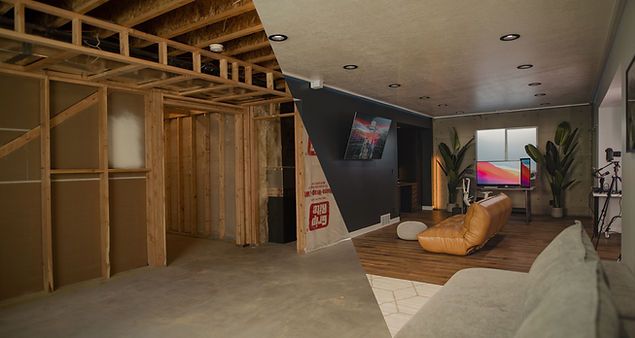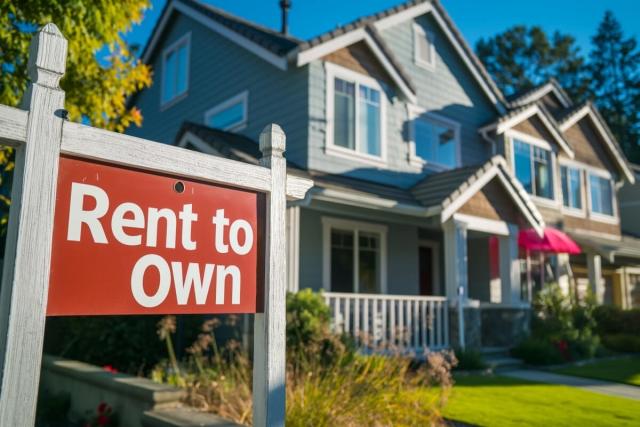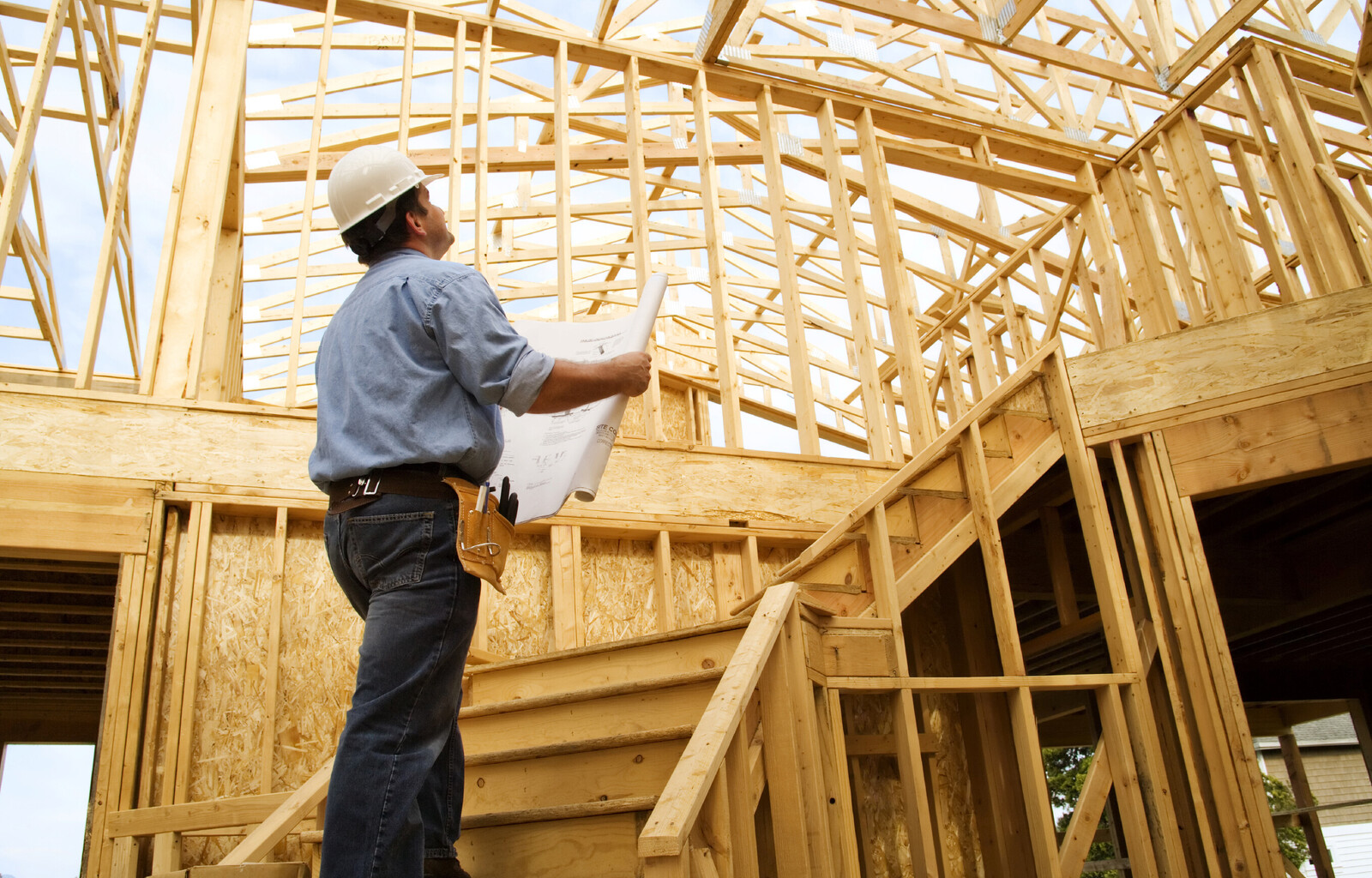6 Tips for Finishing Your Basement

Like many homeowners, you may have considered adding space to your home. You can choose to add an addition, or you can look at what you already have and make changes. If you have a basement, this is an untapped space that you can transform into an extra bedroom, a den, or whatever you'd like. However, you will need to be away of some important basics before making your basement a livable space.
1.) Manage Moisture
Controlling water problems is crucial to creating an enjoyable space in your home to enjoy for years to come.
You never want to install drywall in your basement before checking for water or high humidity. That doesn't mean you can't finish a damp basement, though. You just need to take the proper steps to waterproof your work area first.
There are a lot of ways to tackle a damp basement, from a dehumidifier to a sump pump and a full basement waterproofing. The direction you go is determined by the severity of the problem. If the issue is minor, expect to spend around $200-$700. If it's a bigger problem that requires a professional, expect to spend $1,800-$6,500 or more.
2.) Protect the Walls
Walls are important because they control the room's temperature, provide space, enhance aesthetics and makit it easier to run electrical wiring. To protect against most and draft, you must waterproof and insulate basement walls. To waterproof, you can add drywall, plywood, paneling, or paint over the concrete with waterproof paint. Apply thick coatings to fill every hole and crack. Insulation will reduce heat loss and cut energy expenses but must be done after leaks are sealed.
3.) Decide on Purpose
Plan according to the size and function. Are you looking to add an additional bedroom or full living quarters? Is there availability to add additional plumbing for a bathroom? Are you going to need to add windows our dig out egrest windows? What are your lighting needed for the space(s)? Once it's decided as to what the space will be used for, you will then be able to determine the types of permits and materials you will need.
4.) Pick Your Materials
Drywall or plaster? Drop ceiling, drywall, or exposed? Carpet or laminate? These are all questions you should consider before starting the project. It's best to consider these ahead of time, as the materials will be where you spend the bulk of your budget.
Key materials to consider:
- Insulation type
- Wall material
- Ceiling style
- Flooring type
- Utility locations
- Paint colors
- Trim styles
While there will be other minor things to consider as the project is completed, these are the big decisions that tend to cost the most. Give them the proper amount of thought.
5.) Gather Your Tools
There are plenty of tools needed to finish a basement. Some are simple and you probably already have, such as a hammer or level. If you don't own a certain tool, you can try renting it from a home improvement store or local tool bank.
Tools:
- Caulk gun
- Circular saw
- Hammer
- Insulation adhesive
- Ladder
- Masonry drill and bits
- Nailgun
- Sawhorses
- Tape measure
- Utility knife
Safety Gear:
- Dust mask
- Earplugs
- Gloves
- Goggles
- Long-sleeved shirt
- Durable pants
- Close-toes shoes
6.) Apply For Permits
Getting a permit is essential to the job. While you could finish your basement without a permit, it could end up costing you even more down the line when you try and sell your home or if something were to happen and you can't document the work that was completed. To obtain a permit, visit the website or your local government. Permit information can often be found in the Building Department.
Categories
Recent Posts










GET MORE INFORMATION

